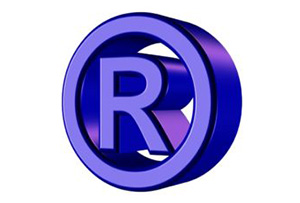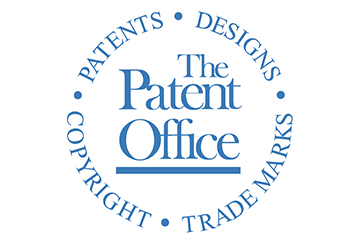Responding to Trademark Office Actions
Many trademark applications filed with the United States Patent and Trademark Office (“USPTO”) receive some form of office action. A trademark office action is correspondence from the USPTO written by an examining attorney requiring an applicant to take some type of action. This article discusses an applicant’s options for responding to office actions.
After an applicant files a trademark application with the USPTO, the application enters a cue where it waits to be assigned to an examining attorney. Typically, the USPTO will assign an application to an examining attorney within three to four months of the trademark application filing date. After the USPTO assigns an examining attorney to the application, the examining attorney will examine the trademark application to determine if it meets the legal requirements for registration of the applied for mark. If the legal requirements are not met, then the examining attorney will issue a non-final office action.
If a non-final office action is issued, then an applicant has six months to respond. Some office actions require non-complicated administrative tasks and a response requires minimal time and effort. However, other office actions are substantive and a response requires a reasonable amount of research and more complex legal arguments. A substantive office action means that the examining attorney believes your trademark is not fit for registration. Many times, an examining attorney views the law from a different point of view than from you or your attorney. In many cases, a well-articulated response from a trademark attorney will overcome a substantive office action. However, if an examining attorney at the USPTO does not agree with the arguments presented in a response to a non-final office action, the examining attorney will then issue a final office action.
A final office action, like a non-final office action, must be responded to within six months. If an applicant does not file a response before the six-month deadline, then the trademark application will go abandoned. To respond to a final office action an applicant has three options.
Option 1. File a response that satisfies all the requirements set forth in the final office action. For example, the final office action may state that some of the issues raised in the non-final office action were not adequately addressed and may require the applicant complete certain additional tasks. If an applicant satisfies all such tasks, then the USPTO will withdraw the office action and allow the application to move to the next stage of the trademark registration process. To read more about the trademark registration process, click HERE to read an article that more fully explains the entire process. However, in some cases, an applicant may not want to comply with the requirements of the office action. In such cases, an applicant should file an additional substantive response.
Option 2. File a request for reconsideration. A request for reconsideration is a response that essentially asks the examining attorney to reconsider his or her position in the final office action. Additionally, the request for reconsideration may include amendments to the application, raise points that were not presented in the response to the non-final office action, and present additional evidence to overcome the final office action. If an examining attorney does not agree with the arguments presented in request for reconsideration, then the examining attorney will deny the request for reconsideration and the applicant will have six months from the date the final office action was issued to file an appeal with the Trademark Trial and Appeal Board (“TTAB”).
Option 3. File an Appeal. The TTAB is a neutral body that functions like a court for trademark matters filed with the USPTO. The TTAB has administrative judges that are authorized to determine if an applicant is entitled to register a trademark. If an applicant disagrees with an examining attorney’s decision to not register a mark, an applicant may file an appeal brief to have the judges at the TTAB review the examining attorney’s decision. Also worth noting, is that an applicant may file a notice of appeal along with filing a request for consideration with the USPTO. If an applicant files a notice of appeal with filing a request for reconsideration, the TTAB will acknowledge the appeal, suspend further proceedings with respect to the appeal, including the applicant’s time to file an appeal brief, and remand the application to the examining attorney for review of the request for reconsideration. If the examining attorney maintains his or her position, then the applicant may file an appeal brief with the TTAB.
To determine how an applicant should respond to an office action depends on the substance of the office action. An attorney experienced in handling trademark matters can advise an applicant as to the option most suitable for responding to an office action. The attorneys at The Plus IP Firm, PLLC have represented hundreds of clients before the USPTO and TTAB and are available for a consultation regarding your options for responding to trademark office actions. For more information about Derek Fahey, this article’s author, click HERE.












